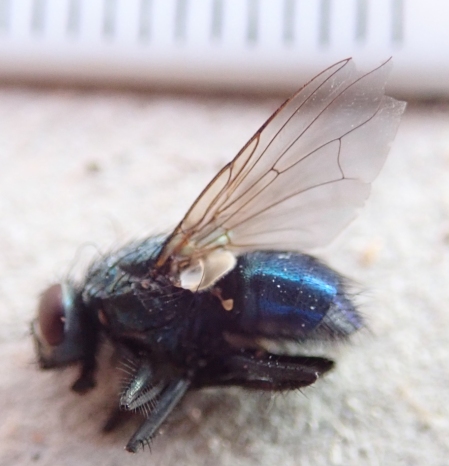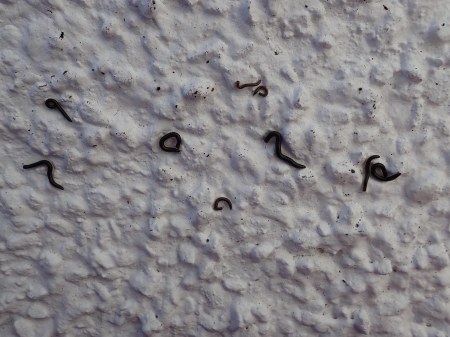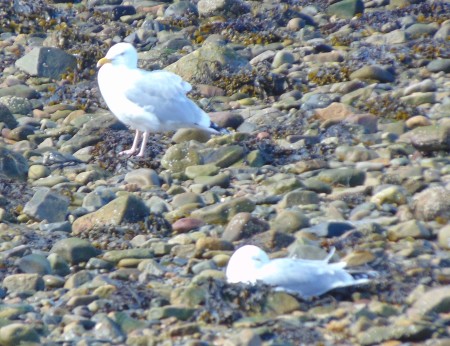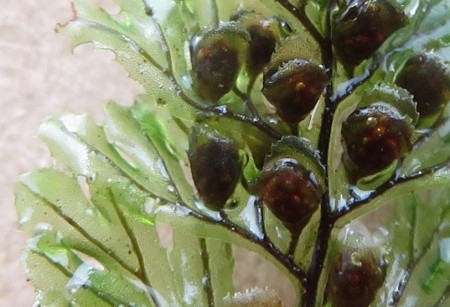A few years ago I wrote a short note about Sex Change in Trees. Today I have spotted another example of environmental sex determination, this time in Acer pensylvanicum (Striped Maple). Apparently, these trees increasingly flower as females as their health deteriorates.
A recent paper looking at underlying mechanisms “demonstrates that physical trauma in striped maple appears to exhibit a threshold effect in which only the most stressful of physiological cues instigate changes in sex expression …. and that damage stress is strongly correlated with switching to femaleness. ”
Nowt so queer as trees.




